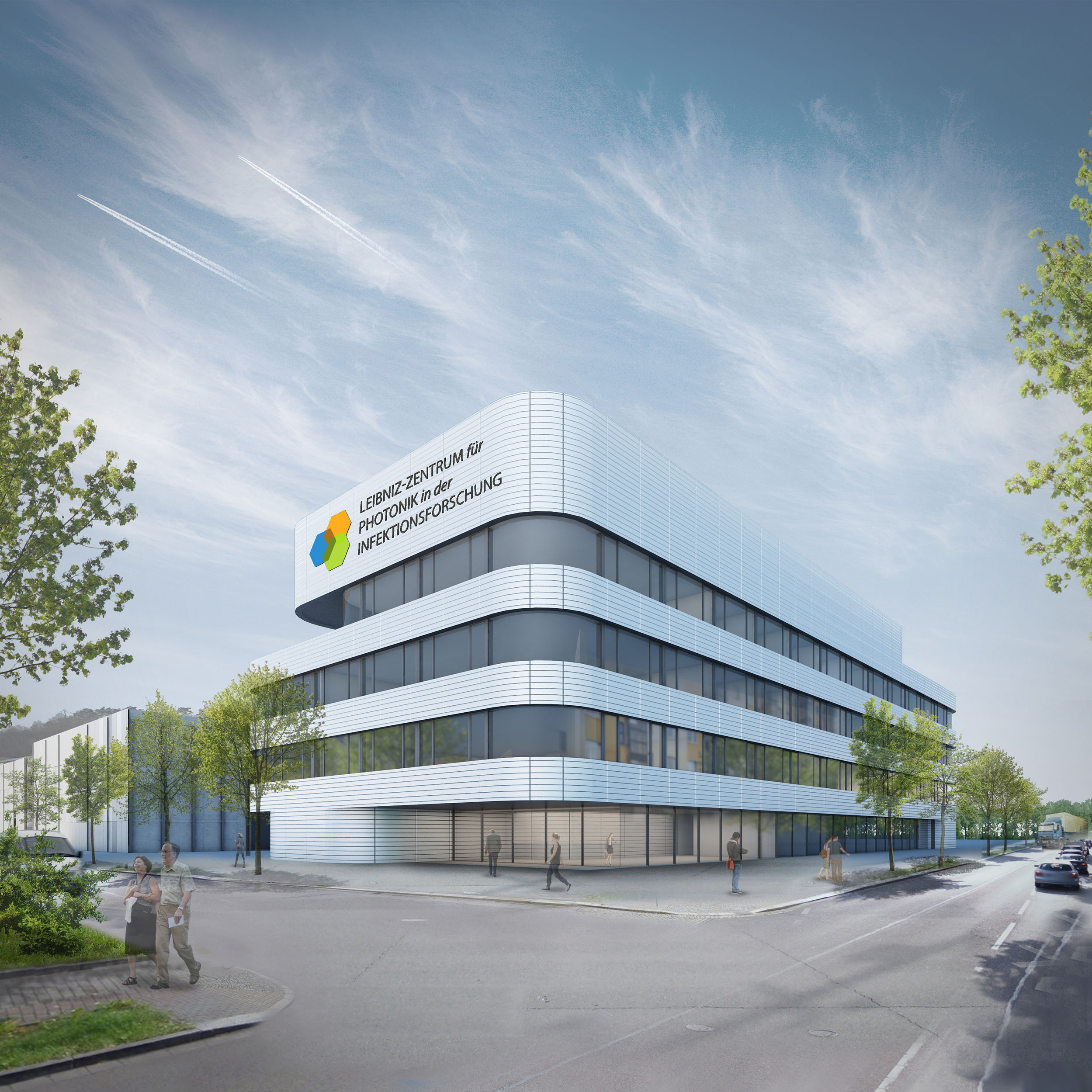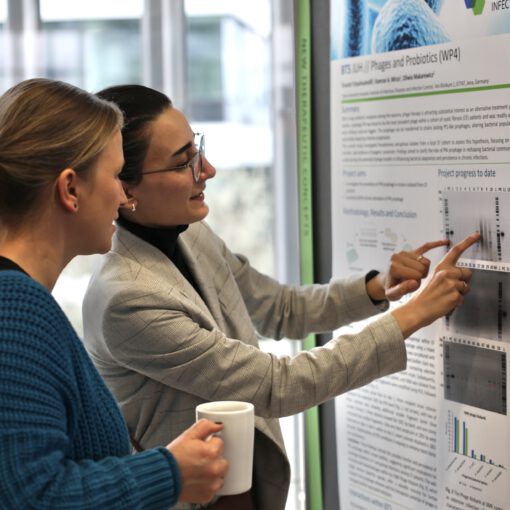Good ideas from research are to reach patients more quickly in the future. To this end, the German government is investing in a new Leibniz Research Center in Jena. Natural scientists, technology developers, physicians and medical technology manufacturers will work together there in the future to develop light-based technologies for better diagnostics and therapy of infectious diseases. The new Leibniz Center for Photonics in Infection Research (LPI) prevailed in the national roadmap process for forward-looking research infrastructures of the German Federal Ministry of Education and Research (BMBF) and is to receive funding of around 150 million euros in the coming years. The ministry thus certifies that the research infrastructure, which is unique in Europe, will make a decisive contribution to solving societal challenges. More than 60 new jobs are to be created in Jena.

Infectious diseases are among the most common causes of death worldwide and also pose a growing threat in industrialized nations. Because more and more pathogens are developing resistance to available antibiotics, even diseases that can be treated well today could once again pose a deadly threat in the near future. In view of the current situation, rapid diagnostic methods and new therapies for fighting infections must be researched. Photonic technologies – methods and processes that use light as a tool – can provide a sustainable solution to these pressing problems. Light-based methods measure quickly, sensitively, without contact, and help to better understand how microbes make us sick, how our bodies defend themselves, and how these processes can be influenced.
It takes, however, a long time for advances in this research to reach patients. “It takes an average of 14 years for an idea to become a marketable product,” says Prof. Jürgen Popp, scientific director of the Leibniz Institute for Photonic Technologies (Leibniz-IPHT) in Jena, which is playing a key role in the new Center for Infection Research. “Many concepts cannot be realized because resources and development structures are not available or not open to users.”
Faster from the lab to the hospital bed
The new research center aims to change that. “Thanks to LPI’s extensive and sustained funding from the federal government, we will be able to close these gaps,” predicts Popp, who is also the board spokesman for Jena’s InfectoGnostics research campus. “In this way, we are helping to rapidly transfer solutions into diagnostic devices and therapeutic approaches: so that they can get from the lab to the bedside more quickly.” Such a research infrastructure plays a key role “for the performance, innovative strength and international competitiveness of Germany as a center of science and industry,” emphasizes Federal Research Minister Anja Karliczek. Outstanding basic research is the prerequisite “for new knowledge, technological breakthroughs and thus also for our future prosperity.”
The new research center arises from an urgent medical need, explains Prof. Dr. Michael Bauer, Director of the Clinic for Anesthesiology and Intensive Care Medicine at Jena University Hospital and spokesman for the Integrated Research and Treatment Center Sepsis and Sepsis Consequences. “Physicians need faster and more accurate diagnostic methods to provide earlier and more targeted treatment.” When it comes to serious infectious diseases, he said, one thing matters most: time. “Current standard diagnostic methods provide reliable results, but doctors often have to wait too long, for example, until they know which bacterium triggers an infection and which drugs work against it. Rapid information for targeted antibiotic use can help get us out of the resistance mess.”




